Key Takeaways:
- Cats have a higher body temperature range than humans and may prefer warmer temperatures.
- Air conditioning can help prevent heat-related illnesses in cats during extremely hot weather.
- Understanding your cat's behavior and preferences is key to providing a comfortable living space.
Cats are enigmatic creatures, often leaving their owners pondering over their likes and dislikes. One common question many pet owners have is, "Do cats like cold AC?" This article delves into the world of feline temperature preferences, helping cat owners understand how to keep their furry friends comfortable throughout the year.
The Feline Body Temperature Mystery
Cats have a natural body temperature range that is higher than that of humans, typically between 100.5 and 102.5 degrees Fahrenheit. This means that what feels comfortable to us might not be the same for our feline friends. Cats generate their own body heat and have a unique temperature regulation system that allows them to survive in various climates.
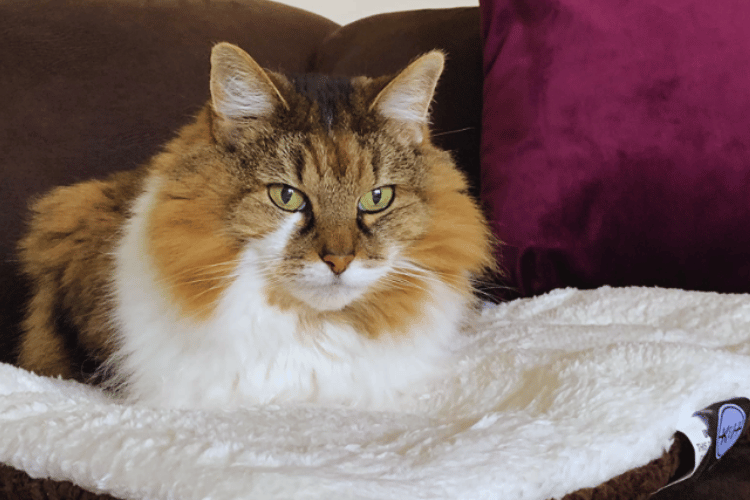
Cats and Their Comfort Zone
The optimum temperature for cats is often debated, but most agree that it falls within the range of 86 to 97 degrees Fahrenheit. This warmer environment is where cats thrive and feel most at ease. However, this doesn't mean that cats prefer to be in a hot space. They are adept at finding cool spots to preserve energy and avoid overheating.
Air Conditioning: A Relief from the Heat
During the summer months, when temperatures soar to higher degrees, air conditioning units become a lifesaver for both humans and pets. Cats can suffer from heat stroke and heat exhaustion if they are exposed to extremely hot conditions for too long. Air conditioners help in removing excess body heat and maintaining a comfortable indoor temperature.
The Role of Air Conditioners in Feline Health
Air conditioning can be crucial in preventing heat-related health issues in cats. A smart AC controller or smart thermostats can help maintain the ideal temperature in your home, ensuring your cat's well-being. It's important to monitor the AC setting to ensure it's not too cold, as this could make your pet sick.
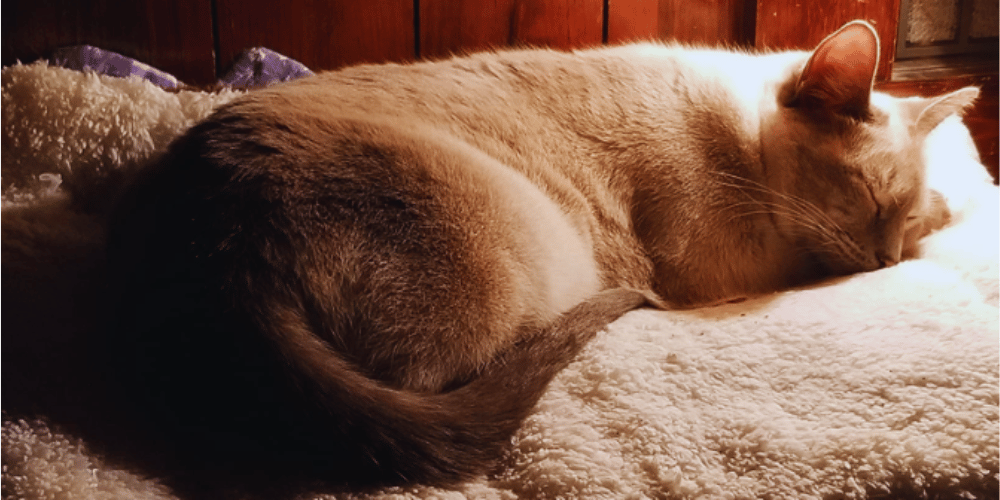
Cats and Colder Temperatures
While cats can tolerate colder temperatures, they don't necessarily enjoy being cold. Cats from colder climates or those with a thick coat may handle cold weather better, but most cats will seek out a warm spot, like a sunny window or a cozy blanket, to stay warm.
Finding the Right Balance
Many pet owners struggle to find the right balance when it comes to air conditioning. The key is to observe your cat's behavior. If they are constantly seeking out the air conditioning vent or a cool spot on the garage floor or laundry room, it might be an indication that they are trying to escape the heat.
Cats as Desert Animals: Ancestral Heat Adaptations
Cats are often thought of as domesticated pets, but their ancestors were desert animals, adept at surviving in environments with high temperatures. This evolutionary background means that many adult cats still retain a tolerance for more heat than their human companions might expect.
Their bodies are designed to conserve water and handle temperature extremes, which is why you might notice your feline friend lounging in sunny spots without a hint of discomfort.
However, despite their desert heritage, modern house cats have adapted to indoor living, which often includes the luxury of an air conditioner. While they can handle higher temperatures, it doesn't mean they don't appreciate or require a cooler environment to stay cool, especially during the peak of summer. Observing your cat's behavior can give you clues about their temperature preferences, ensuring your furry friend remains a happy cat in your care.
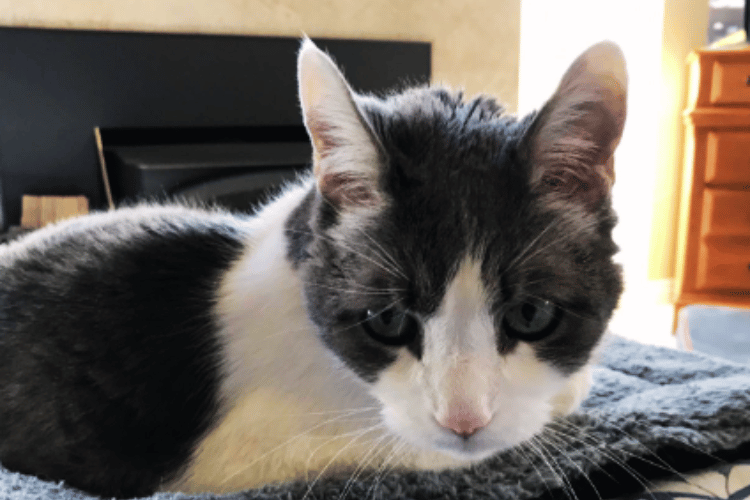
Cats and Seasonal Sensitivity
Understanding the seasonal sensitivity of cats is crucial for their well-being. During the warmer months, cats may seek out cool surfaces and shaded areas to regulate their body temperature. Conversely, in colder seasons, they often look for warm spots, like a sunlit window or a cozy blanket. This behavior indicates that a cat's comfort is highly dependent on the ambient temperature, which can fluctuate with the seasons.
By observing your cat's preferences throughout the year, you can better tailor your home environment to suit their needs, ensuring they remain content and healthy regardless of the weather outside.
Cats' seasonal behavior also extends to their sleeping habits and activity levels. In the summer, you might notice your feline friend becoming more nocturnal, avoiding the daytime heat. During winter, they may become more cuddly and seek warmth from their human companions.
Recognizing these patterns can help cat owners create a living space that adapts to these seasonal changes, such as providing extra bedding in the winter or ensuring access to cool, shaded areas in the summer. By doing so, you're actively contributing to your cat's comfort and overall well-being.
The Significance of Sunbathing for Cats
Cats are known for their love of basking in the sun, and this behavior is more than just a quest for warmth; it's an essential aspect of a cat's well-being. Sunbathing helps cats to regulate their body temperature and can even aid in the production of Vitamin D, which is crucial for their health.
When cats are indoors, they often seek out sunny spots near windows or under the direct blast of warm air from an AC unit. This natural inclination to find heat sources is a testament to their need for a cozy environment that caters to their comfort.
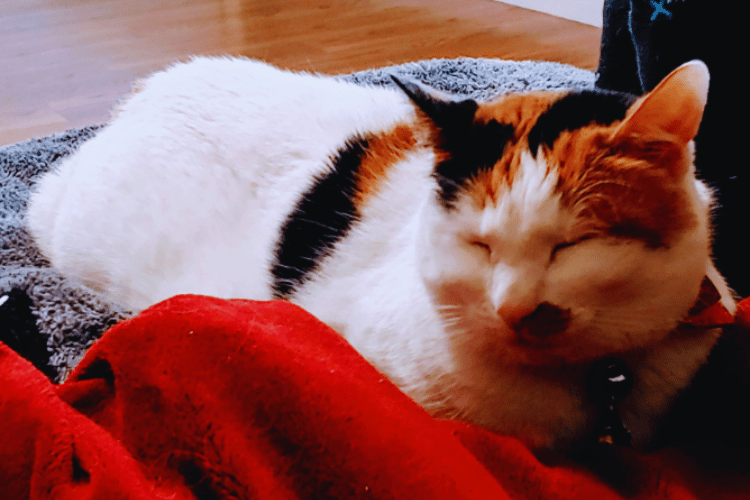
However, it's important to monitor how much time your feline friend spends in these warm spots. Excessive heat can lead to dehydration or heatstroke, especially in long-haired breeds. To ensure your cat's comfort and safety, provide a variety of resting places with different temperatures.
This allows your cat to choose the spot that feels best, whether it's a sunny perch or a cooler, shaded area. By understanding and respecting these preferences, you can help maintain your cat's well-being and happiness.
Interactive Play and Temperature
Interactive play is not only vital for a cat's physical and mental health but also plays a role in their temperature regulation. Engaging in play helps cats to stay active and generate body heat, which can be particularly beneficial in cooler environments.
When the AC is on, and the house is cool, encouraging your cat to play can help them stay warm and comfortable. Toys that stimulate hunting instincts, like feather wands or laser pointers, can get your cat moving and increase their body temperature naturally.
On the flip side, during play, cats can also overheat if the room is too warm. It's crucial to observe your cat for signs of fatigue or overheating, such as panting or lethargy, and to adjust the room temperature accordingly. Providing a cool retreat, like a tile floor or a breezy spot away from direct heat, can offer your cat a place to cool down after a vigorous play session. Balancing interactive play with the right temperature settings will contribute significantly to your cat's comfort and overall well-being.
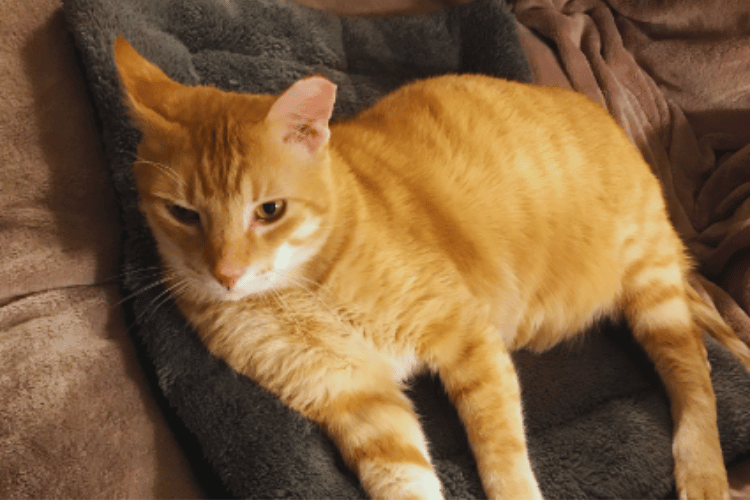
The Influence of Age on Temperature Preference
The age of a cat can significantly influence its temperature preference, which is a key aspect of a cat's comfort. Kittens and senior cats are generally more sensitive to temperature changes and may require a warmer environment to maintain their body heat.
Young kittens, in particular, lack the ability to regulate their body temperature effectively, making them more susceptible to cold. Providing a warm, insulated bedding area and monitoring the room temperature can help ensure their safety and comfort.
On the other hand, older cats may suffer from joint issues such as arthritis, which can be exacerbated by cold weather. A warmer environment can help alleviate their discomfort. Additionally, senior cats may have a less active metabolism, which can affect their ability to stay warm.
Cat owners should be attentive to the needs of their aging pets and consider adjusting the ambient temperature to cater to their comfort. This attention to detail can make a significant difference in the quality of life for older felines, promoting their well-being as they age.
Smart AC Controllers: Enhancing Your Cat's Comfort
In the quest to keep your cat warm and comfortable, smart AC controllers have emerged as a game-changer. These innovative devices allow pet owners to maintain an optimal indoor climate without constant manual adjustments. By using a smart ac controller, you can set parameters to ensure that the air conditioner keeps the environment just right for your cat's well-being, even when you're not at home.
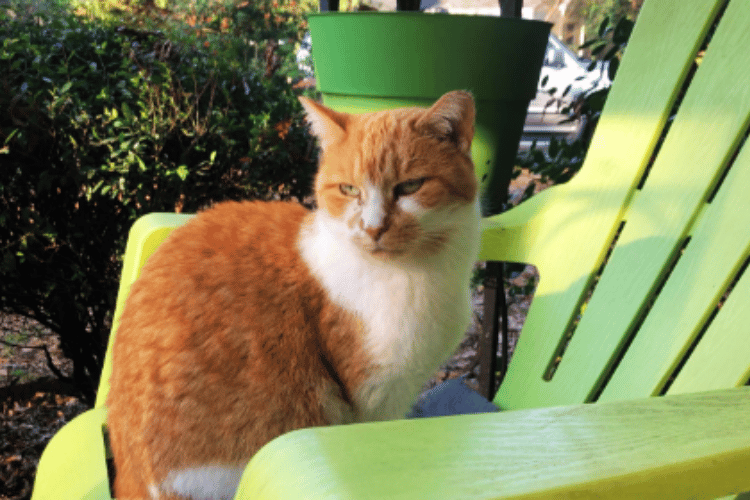
Smart technology can also help prevent situations where cats scared of sudden noises or changes might be startled by the air conditioner kicking in. A smart AC controller can be programmed to operate smoothly and quietly, maintaining a steady flow of cool air that helps your cat stay cool without causing any distress. This way, your cat can enjoy cool places around the house and remain comfortable, no matter the weather outside.
Cats and Air Flow
Cats may enjoy a gentle breeze from an open window or fan, but direct blasts of cold air from air vents can be uncomfortable. Ensure that your cat has the option to move away from air ducts and find a more sheltered spot if they prefer.
The Impact of Fur Length
Long hair cats may feel the heat more and have a harder time cooling down. These cats might appreciate an air conditioned room more than their short-haired counterparts. Conversely, short-haired cats might find the same effect of the AC too chilly and seek out warmer temperatures.
Behavioral Signs of Discomfort
Restless behavior, panting, or lethargy can be signs that your cat is not comfortable with the current temperature. Cats love finding their own ideal spot, whether it's a cool place in summer or a warm corner during the colder months. Pay attention to where your cat chooses to rest and adjust the indoor temperature accordingly.
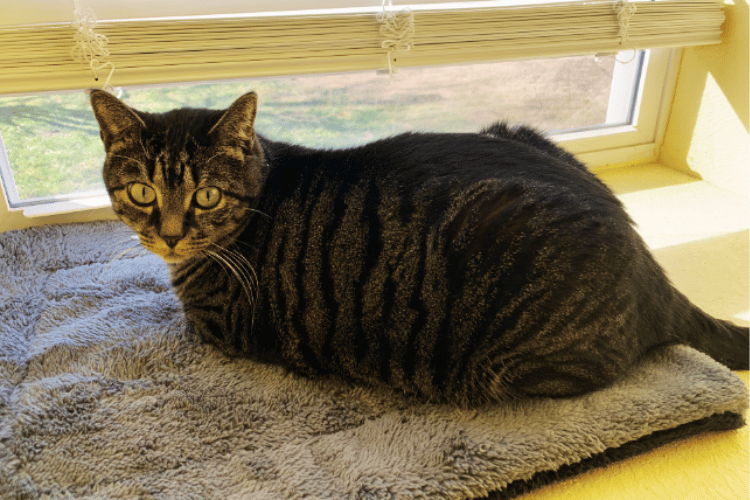
Ensuring Your Cat's Comfort
To keep your cat cool, always provide fresh water and consider adding ice cubes to their bowl during hot weather. You can also create a cool spot by placing a damp towel for them to lie on. In contrast, during colder temperatures, provide extra blankets or a cat bed in a warm, enclosed space.
Smart Solutions for Temperature Control
Smart thermostats and AC controllers can be programmed to keep the living space at a comfortable temperature for your cat. These devices can adjust the temperature based on the time of day or even when your cat is most active, ensuring their comfort at all times.
The Importance of Hydration
Cats survive hot spots by licking their fur; as the saliva evaporates, it has a cooling effect. However, in an environment with little airflow, like an air conditioned room, this method is less effective. Always ensure your cat has access to fresh water to stay hydrated and cool.
Summary
Cats have a unique relationship with temperature, and while they may not love cold AC as much as humans do, it plays a vital role in their comfort and health. By observing your cat's behavior and preferences, you can use air conditioning to create a safe and comfortable environment for them, especially during the extremes of hot and cold weather.
Remember to provide plenty of fresh water and opportunities for your cat to regulate their own body heat, whether that means finding a sunny spot or a cool tile floor.
FAQ Section
What is the ideal indoor temperature for cats?
The ideal indoor temperature for cats is generally between 86 to 97 degrees Fahrenheit. However, it's important to observe your cat's behavior to determine their personal comfort level.
Can air conditioning be harmful to cats?
If the air conditioning is set too cold or if the cat is directly in the path of a strong air draft, it can be uncomfortable and potentially harmful. It's important to provide areas where your cat can escape the cold air if they choose.
How can I tell if my cat is too hot or too cold?
Signs that your cat may be too hot include panting, restlessness, and excessive grooming. If they are too cold, they may seek out warm places more frequently and show reluctance to move away from heat sources. Always monitor your cat's behavior and provide options for them to self-regulate their temperature.
Thank you for visiting LegitLists we hope this helps you make a legitimate choice!






